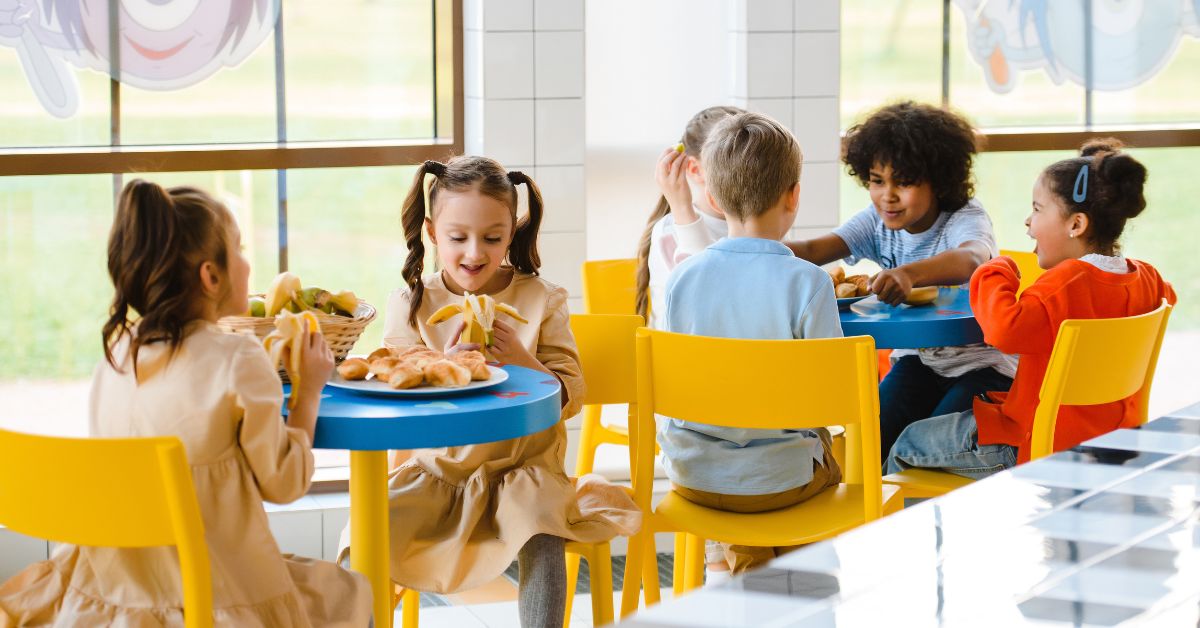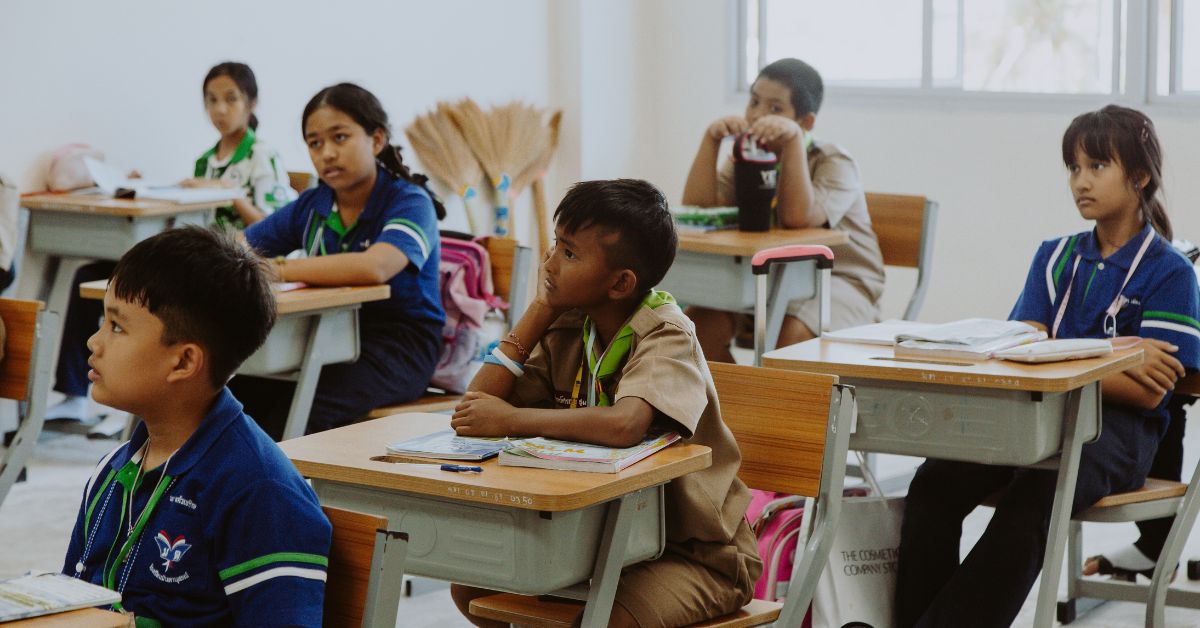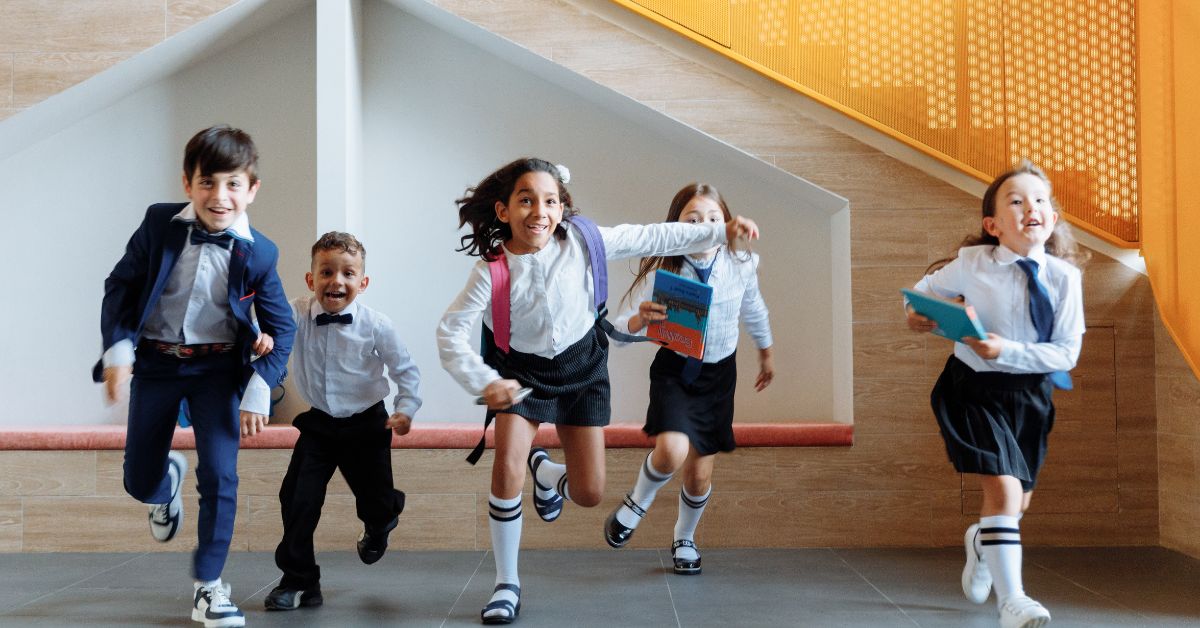When most people think about school, they picture rows of desks, lesson plans, and maybe a few science posters on the wall. But in Vermont, schools look and feel a little different. Classrooms aren’t just learning spaces—they’re community hubs where relationships grow, emotional support flows, and everyone, from teachers to parents to students, plays a meaningful role.
This isn’t a lucky accident. It’s a deliberate choice by educators, families, and local leaders who believe that to truly raise strong students, you have to nurture the whole person—and the community around them.
Everyone Knows Your Name (And Probably Your Dog’s, Too)
Let’s start with size. Vermont has some of the smallest schools in the country. That might sound like a disadvantage in a world obsessed with high-tech campuses and mega-districts. But in Vermont, it’s a gift.
Small schools mean fewer students per classroom, which allows teachers to build real, personal relationships. Teachers know their students—not just their reading level, but their moods, passions, and challenges at home. And because the same families often stay in the same towns for generations, those bonds go deep.
In many cases, parents and teachers work together like neighbors, not strangers. They see each other at the local farmers market, at school garden workdays, or while cheering on the soccer team. There’s a sense of shared responsibility—and that makes a huge difference.
Learning Happens Inside and Out
Vermont classrooms often extend well beyond four walls. You’ll find kids learning math in the school garden, writing poetry under a maple tree, or studying science at a nearby stream.
This isn’t just a creative twist—it’s a way to connect students to the world they live in. Outdoor and nature-based learning is central to Vermont’s approach, especially in rural districts. Schools like the Sustainability Academy in Burlington or North Branch Nature Center’s Forest Preschool integrate the outdoors into daily routines. These programs help kids develop curiosity, environmental responsibility, and respect for their surroundings.
Plus, when you’re out in nature, hierarchy fades. Teachers, students, and even parents become explorers together. That shift in dynamic builds trust—and community.
Wellness Is Not an Afterthought
Another way Vermont schools build a sense of community? They treat emotional wellbeing as part of the curriculum, not a side topic.
Many Vermont schools have on-site mental health counselors, wellness rooms, and even mindfulness programs. Schools are creating quiet spaces where kids can decompress, self-regulate, and return to learning with focus. And staff are being trained to identify emotional needs early—so students don’t fall through the cracks.
Programs like Responsive Classroom and Social Emotional Learning (SEL) are commonly used to teach empathy, kindness, and cooperation right alongside math and reading. This emotional literacy isn’t just for individuals—it creates a school culture where respect and care are the norm.
Schools and Communities—Partners, Not Silos
In Vermont, schools aren’t isolated from the real world—they’re a central part of it. High schoolers often take on internships with local businesses, farms, and hospitals. Middle school students might help run a community compost program or contribute to a local newspaper.
Many schools have open-door policies, where parents and community members are invited to lead workshops, share stories, or mentor students. It’s not uncommon for a town’s retired mechanic to teach a shop class, or for a grandmother to help in the reading nook.
This blend of generations and experiences enriches learning and strengthens ties between people of all ages.
Equity and Inclusion, One Conversation at a Time
Vermont is also working to make sure all students feel seen. Districts like Winooski—one of the most diverse in the state—are leading efforts to make classrooms more inclusive. Staff undergo anti-bias training, students participate in cultural exchanges, and school boards are increasingly listening to underrepresented voices.
In a place where classrooms are small and relationships matter, students who might otherwise feel left out are more likely to be noticed and supported.
The Vermont Way: Teaching the Whole Child, Within the Whole Community
Here’s the thing: Vermont’s approach isn’t about flashy technology, rigid testing, or big budgets. It’s about care. And that care shows up in small moments—when a teacher checks in after a tough weekend, when a neighbor volunteers to teach a cooking class, or when students gather outside to reflect on their goals under autumn leaves.
When classrooms feel like community hubs, learning becomes more meaningful. Kids don’t just memorize—they connect. They don’t just attend school—they belong to it.
And maybe that’s what the future of education should look like.








